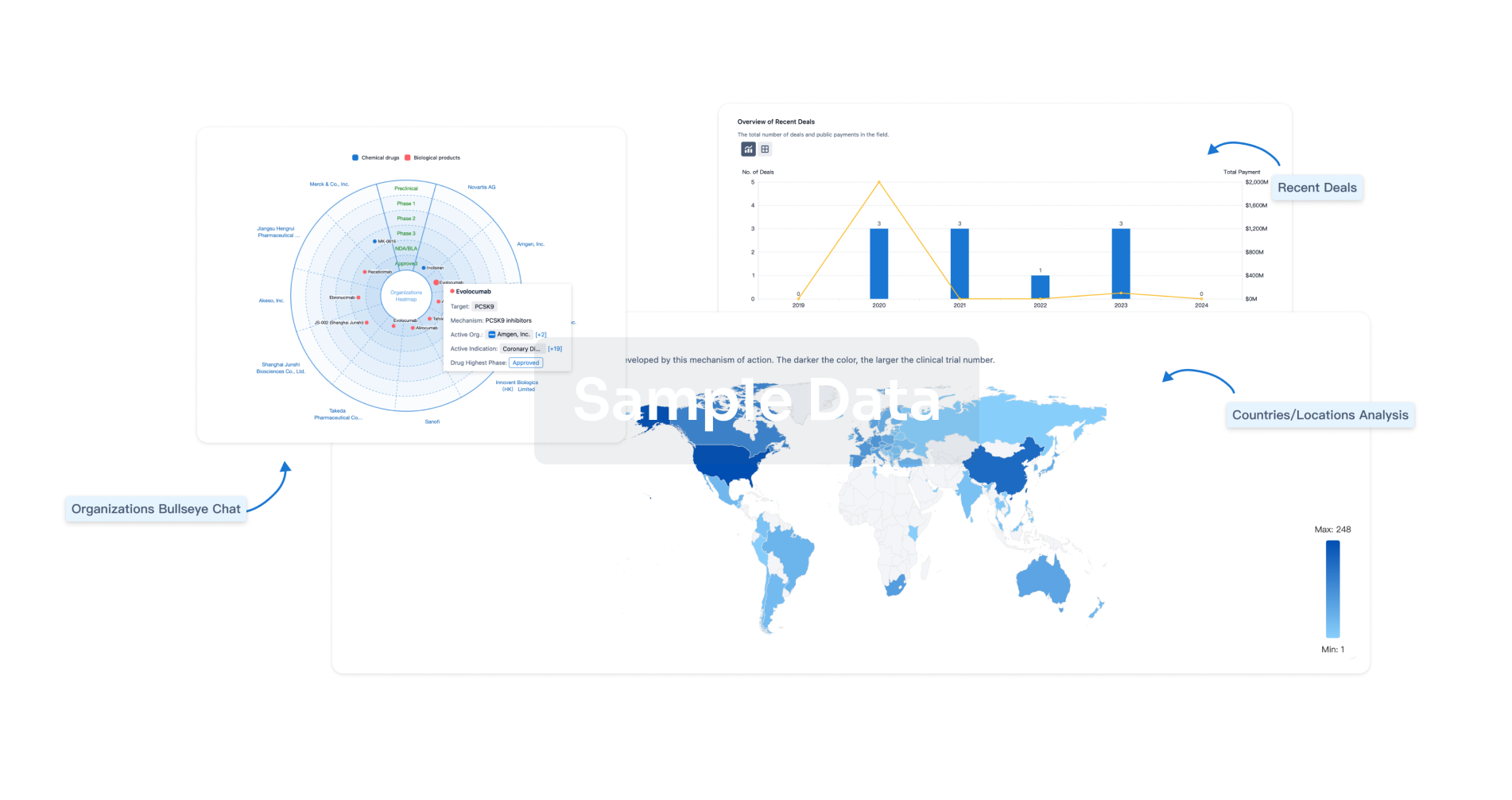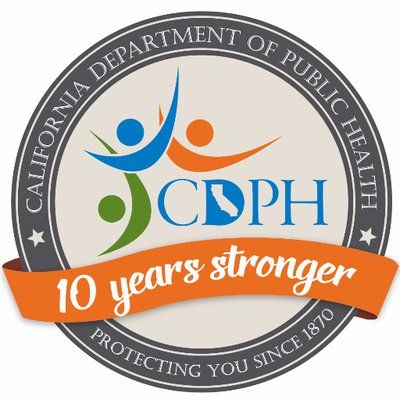Request Demo
Last update 08 May 2025
BTX
Last update 08 May 2025
Basic Info
Synonyms BoNT, 肉毒杆菌毒素 |
Introduction Responsible for host epithelial cell transcytosis, host nerve cell targeting and translocation of light chain (LC) into host cytosol. Composed of 3 subdomains; the translocation domain (TD), and N-terminus and C-terminus of the receptor-binding domain (RBD). The N-terminus of the TD wraps an extended belt around the perimeter of the LC; it does not seem to protect the active site, but might prevent premature LC dissociation from the translocation channel and protect toxin prior to translocation (PubMed:10932256, PubMed:17167418). Has 2 coreceptors; complex gangliosides found primarily on neural tissue and host synaptotagmin-1 and -2 (SYT1 and SYT2) which bind simultaneously to adjacent but separate sites at the tip of the HC (PubMed:17167418, PubMed:17167421, PubMed:17185412, PubMed:23807078, PubMed:8144634). HC alone partially prevents uptake of whole toxin by neural cells, and delays paralysis onset by 160% (PubMed:10413679). Binding probably positions the TD for integration into the synaptic vesicle membrane (PubMed:17167418, PubMed:23807078). The HC forms channels at low pH that mediate transport of the light chain (LC) from the endocytic vesicle to the cytosol (PubMed:3856850). Binds gangliosides GD1b and GT1b (PubMed:10413679, PubMed:14731268). Gangliosides are not only a coreceptor, but also required for uptake into nerve cells (PubMed:17167418, PubMed:21925111). HC alone binds to host receptor proteins SYT1 and SYT2 (PubMed:14504267, PubMed:15123599, PubMed:17185412, PubMed:19650874). Interaction with SYT1 protein does not require SYT1 glycosylation (PubMed:19476346). The HC C-terminus (approximately residues 1079-1291) interacts with host SYT2 (PubMed:15123599, PubMed:17167418, PubMed:17167421, PubMed:23807078). Has higher affinity for SYT2 than SYT1 (PubMed:17167421, PubMed:17185412). Significantly decreases uptake and toxicity of whole BoNT/B and BoNT/G (PubMed:19650874).
Botulinum toxin causes flaccid paralysis by inhibiting neurotransmitter (acetylcholine) release from the presynaptic membranes of nerve terminals of the eukaryotic host skeletal and autonomic nervous system, with frequent heart or respiratory failure. Precursor of botulinum neurotoxin B which has 2 coreceptors; complex polysialylated gangliosides found on neural tissue and specific membrane-anchored proteins found in synaptic vesicles (PubMed:17167418, PubMed:17167421, PubMed:17185412, PubMed:23807078). Receptor proteins are exposed on host presynaptic cell membrane during neurotransmitter release, when the toxin heavy chain (HC) binds to them (PubMed:14504267). Upon synaptic vesicle recycling the toxin is taken up via the endocytic pathway (PubMed:14504267). When the pH of the toxin-containing endosome drops a structural rearrangement occurs so that the N-terminus of the HC forms pores that allows the light chain (LC) to translocate into the cytosol (PubMed:3856850). Once in the cytosol the disulfide bond linking the 2 subunits is reduced and LC cleaves its target protein on synaptic vesicles, preventing their fusion with the cytoplasmic membrane and thus neurotransmitter release. Binds to host peripheral neuronal presynaptic membranes via synaptotagmins 1 and 2 (SYT1 and SYT2) (PubMed:14504267, PubMed:8144634). Toxin binds to the membrane proximal extra-cytoplasmic region of host SYT1 and SYT2 that is transiently exposed outside of cells during exocytosis; exogenous gangliosides enhance binding and subsequent uptake of toxin into host cells (PubMed:14504267, PubMed:15123599). Toxin uptake into neural cells requires stimulation (incubation with K(+) to stimulate SYT protein receptor exposure); subsequently the toxin colocalizes with its receptor in host cells with a concomitant decrease in target protein (synaptobrevin-2/VAMP2) immunoreactivity (PubMed:14504267). Toxin uptake can be blocked by the appropriate synaptotagmin protein fragments and gangliosides in cell culture and in mice (PubMed:14504267, PubMed:15123599). BoNT/B is a 'coincidence detector'; it requires simultaneous binding to coreceptor GT1b and low pH to transform into a membrane-bound, oligomeric channel (PubMed:21925111, PubMed:22720883). Whole toxin only has protease activity after reduction which releases LC (PubMed:1331807, PubMed:7803399).
Has proteolytic activity (PubMed:1331807). After translocation into the eukaryotic host cytosol, inhibits neurotransmitter release by acting as a zinc endopeptidase that cleaves the '76-Gln-|-Phe-77' bond of synaptobrevin-2/VAMP2, blocking neurotransmitter release (PubMed:1331807, PubMed:7803399). In vitro the LC only has protease activity after reduction (PubMed:1331807, PubMed:7803399). |
Analysis
Perform a panoramic analysis of this field.
login
or

AI Agents Built for Biopharma Breakthroughs
Accelerate discovery. Empower decisions. Transform outcomes.
Get started for free today!
Accelerate Strategic R&D decision making with Synapse, PatSnap’s AI-powered Connected Innovation Intelligence Platform Built for Life Sciences Professionals.
Start your data trial now!
Synapse data is also accessible to external entities via APIs or data packages. Empower better decisions with the latest in pharmaceutical intelligence.
Bio
Bio Sequences Search & Analysis
Sign up for free
Chemical
Chemical Structures Search & Analysis
Sign up for free


